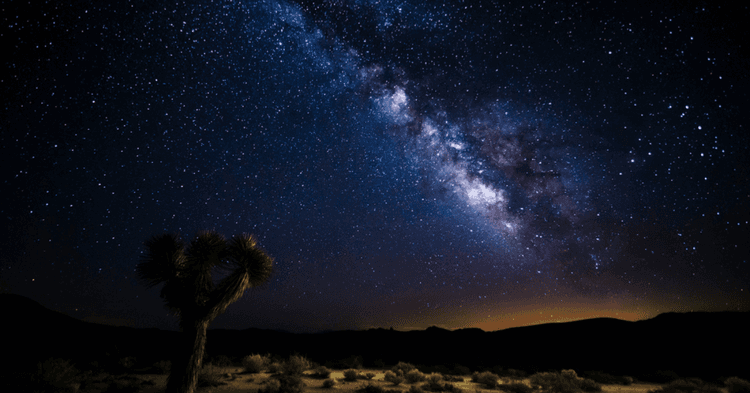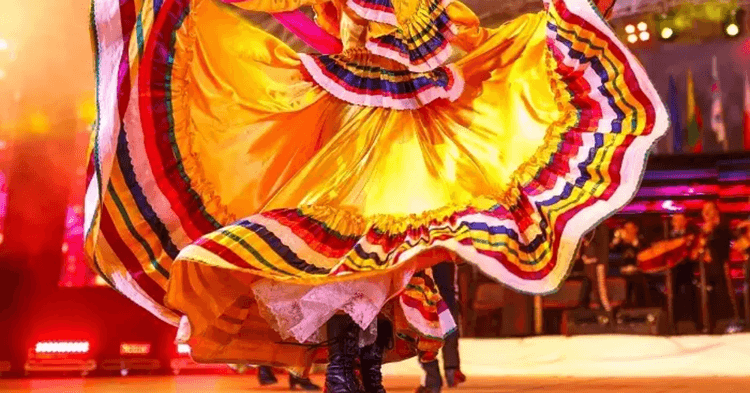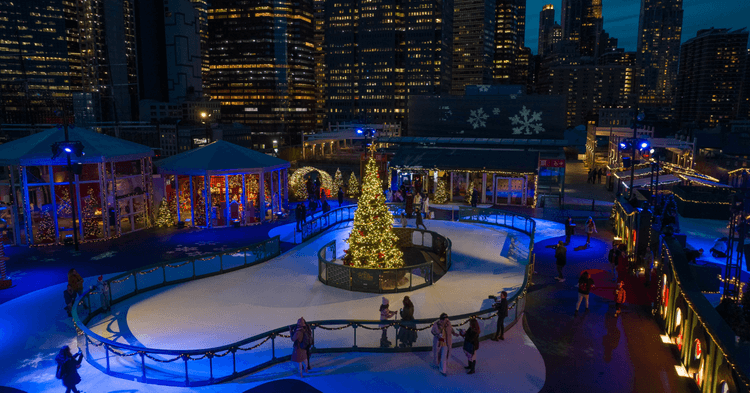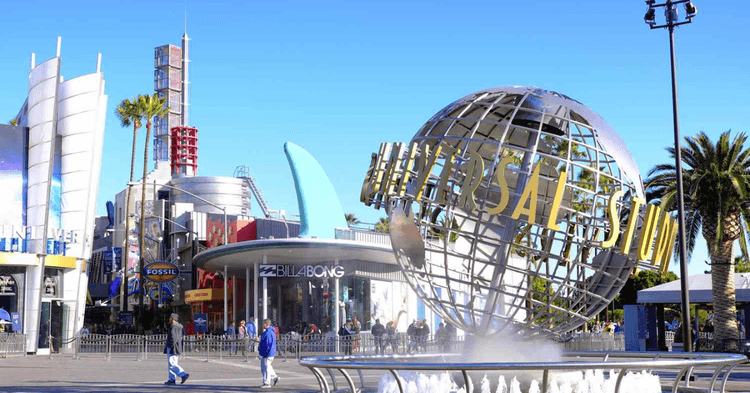Gazing up at a star-studded night sky is an experience that ignites a sense of wonder and awe within us. It’s a reminder of our place in the vast cosmos, a humbling spectacle that connects us to generations past and future. But to truly appreciate the full majesty of the night sky, escaping the clutches of light pollution is essential. In the USA, with its diverse landscapes and pockets of protected darkness, lies a treasure trove of dazzling celestial sights waiting to be discovered.
The Quest for Darkness: Charting Your Course to Starry Wonder
Light pollution, the artificial brightening of the night sky, acts as a cosmic shroud, dimming the brilliance of countless stars and celestial wonders. To combat this, intrepid stargazers rely on light pollution maps, digital charts that reveal the darkest corners of the country. These maps, along with resources like the International Dark-Sky Association’s designated dark sky preserves, become our celestial treasure maps, guiding us towards starry havens.
National Parks: Nature’s Grand Theaters of Starlight
Among the crown jewels of America’s dark sky sanctuaries are our national parks. Death Valley National Park, for instance, boasts some of the darkest night skies in the lower 48 states, offering unparalleled views of the Milky Way’s swirling arms and the vibrant tapestry of constellations. In Big Bend National Park, along the meandering Rio Grande, stargazers are treated to a celestial menagerie, from meteor showers streaking across the velvet canvas to planets like Saturn and Jupiter gleaming like distant diamonds.
State Parks: Hidden Gems for Starry Sojourns
Beyond the vast expanses of national parks, hidden gems abound in state parks across the country. Cherry Springs State Park in Pennsylvania, nestled amidst the Allegheny Mountains, is renowned for its exceptionally dark skies and breathtaking displays of the aurora borealis. In Bortle Class 1 skies (the darkest possible on the Bortle scale), even faint nebulas and galaxies come into view, transforming stargazing into an extraordinary cosmic safari.
Designated Dark Sky Preserves: Beacons of Celestial Protection
For the most ardent stargazers, designated dark sky preserves offer the ultimate sanctuaries. These meticulously protected areas, like the Gwich’in Starlight Corridor in Alaska or the Mojave National Preserve in California, implement strict lighting regulations to shield the night sky from encroaching light pollution. Here, under the inky blackness, the universe unveils its secrets, with constellations like Orion the Hunter and Ursa Major the Great Bear standing out in exquisite detail.
Celestial Splendors: Unveiling the Night Sky’s Treasures
Once you’ve navigated to your dark sky haven, the wonders begin to unfold. The naked eye alone can behold a spectacle unrivaled by any man-made marvel. The Milky Way, our spiral galaxy, comes alive in the darkness, its swirling arms dotted with billions of stars and dark dust lanes. Meteor showers, celestial fireworks displays, paint the night sky with streaks of light, each one a tiny piece of a faraway world.
A Celestial Zoo: Unveiling the Planets and Beyond
With binoculars or a telescope, the universe transforms into a celestial zoo. The moons of Jupiter dance around the gas giant, while Saturn’s rings, like a cosmic hula hoop, shimmer with icy brilliance. In certain regions, under particularly dark skies, even distant galaxies and nebulae reveal their ethereal beauty, whispering tales of cosmic creation and destruction.
Planning Your Stargazing Odyssey: A Cosmic Travel Guide
To fully embrace the magic of stargazing, meticulous planning is key. Choosing the right time of year is crucial, with the months away from full moon offering the darkest skies. Weather conditions also play a vital role, with clear, dry nights providing the best viewing experiences. Essential gear like binoculars, star charts, and a red-light headlamp become your celestial companions, helping you navigate the cosmos with ease.










